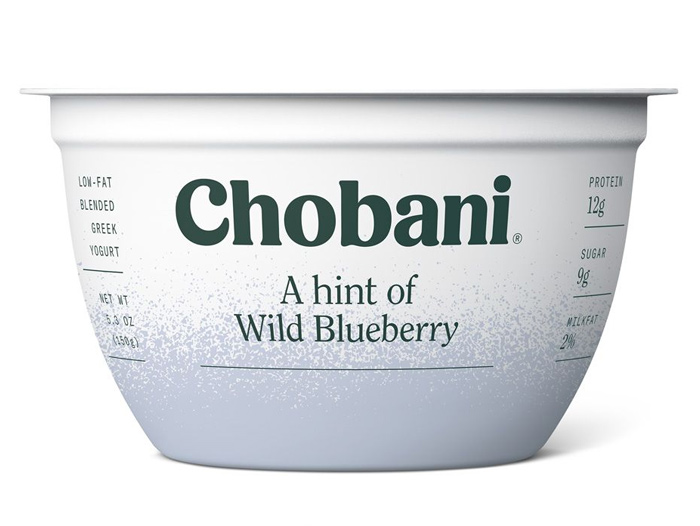Chobani CEO: America is Failing its Dairy Farmers
July 23, 2019 | 2 min to read

Growing up in a family of dairy farmers on a mountain range in eastern Turkey, the biggest danger we faced was from wolves. When wolves attacked, they wouldn’t just kill one goat or sheep — they would kill them all. If we weren’t careful, in just a few minutes, we could lose the entire flock we relied on to make the yogurt and cheese we’d sell to market.
Today, as the founder of a yogurt company that takes in a billion pounds of milk each year, we depend on more than 1,000 dairy farms across America, and wolves are the least of their problems. Thanks to record-low milk prices, dropping dairy consumption rates, industry consolidation, global competition and unfair and untrue consumer fears that dairy causes everything from cancer to diabetes, America’s dairy farmers are facing their worst crisis since at least the Great Depression.
America has lost an average of five dairy farms per day for the last 10 years — close to 19,700 in all — but the dairy depression is never discussed publicly or in the news. Over 90% of America’s dairy farms are family-owned, with dairy generating an overall economic impact of more than $628 billion each year. And yet, although the farm bill that passed last year offers financial assistance, there’s a lot more Congress can do to help the small dairy farms that create high-quality nutrition for American families.
To read the rest of the story, please go to: CNN Business Perspectives
